Regular, comprehensive roof inspections (roof inspection services) every 2-3 years are crucial for maintaining a safe and secure home. They identify potential issues early, saving homeowners money on costly repairs and improving energy efficiency. Inspections include evaluating roofing materials, underlayment, flashing, gutters, and structural supports. Advanced technology like drones and software platforms enhance accuracy and efficiency in these assessments. Pre-inspection preparations involve clearing debris, trimming branches, and checking for water damage indoors. Post-inspection, understanding the detailed report enables informed decisions about repairs or maintenance. Investing in regular roof inspections (roof inspection services) extends roof lifespans, boosts property value, and offers peace of mind. Choose experienced professionals with a solid reputation, positive reviews, and adherence to safety standards for reliable roof inspection services.
Roof inspections are an essential aspect of home maintenance, offering peace of mind and safeguarding significant investments. Regular assessments can prevent costly repairs by identifying potential issues early on. This comprehensive guide delves into the intricacies of residential roof inspections, from understanding their significance to navigating the latest technological advancements in these services. Learn about crucial inspection components, common signs of damage, and expert tips for preparing your home. Discover how technology enhances detection and explore cost-effective roof maintenance strategies.
Understanding the Importance of Regular Roof Inspections
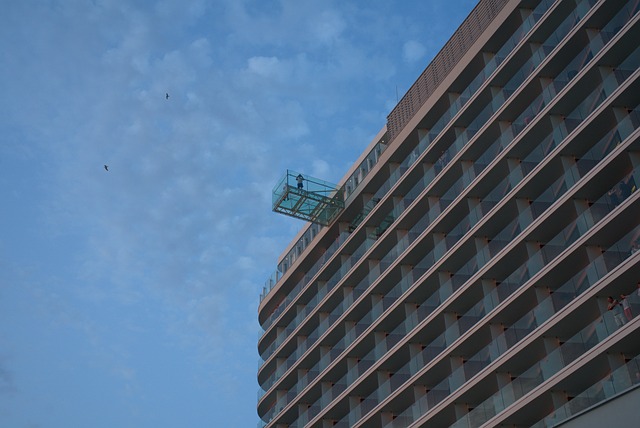
Regular roof inspections are an essential part of maintaining a safe and secure home. While many homeowners may overlook this critical task, it plays a pivotal role in identifying potential issues early on. Roofs, being exposed to constant weather conditions, age, and environmental factors, can suffer damage over time, leading to more significant problems if left unaddressed. A comprehensive roof inspection service goes beyond visual assessment; it involves meticulous examination of every component, from shingles and flashing to gutters and structural supports.
These inspections not only help in spotting defects like missing or damaged shingles, leaks, or weak spots but also provide homeowners with valuable insights into the overall health of their roofs. By scheduling regular check-ups, homeowners can avoid costly repairs, ensure better energy efficiency, and prolong the lifespan of their roofs. Moreover, early detection of problems allows for more cost-effective solutions, preventing minor issues from escalating into major, expensive repairs.
Key Components in a Comprehensive Residential Roof Inspection
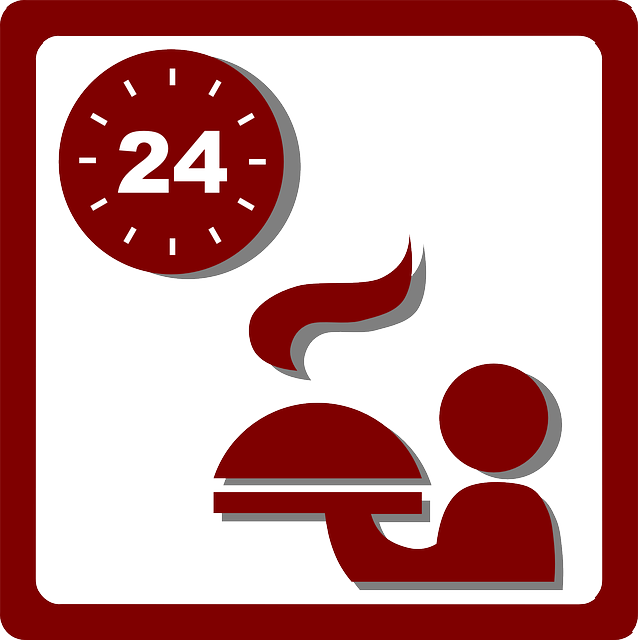
When conducting a comprehensive residential roof inspection, several key components ensure a thorough evaluation. First and foremost, assess the overall structure and condition of the roofing materials—including shingles, tiles, or metal panels—checking for signs of damage, wear, or missing pieces. The inspector should also examine the underlayment for any tears, moisture intrusion, or poor installation, as this plays a vital role in protecting the roof deck.
Additionally, checking the state of flashing around chimneys, vents, and valleys is imperative. Flashing serves as a weatherproof barrier, so any cracks or damage can lead to leaks. Inspectors should also evaluate the condition of gutters and downspouts, ensuring they are clear of debris and properly connected to divert water away from the roof and foundation. Roof inspection services that encompass these aspects provide homeowners with valuable insights into their property’s roofing health.
When to Schedule a Roof Inspection: Common Signs of Damage
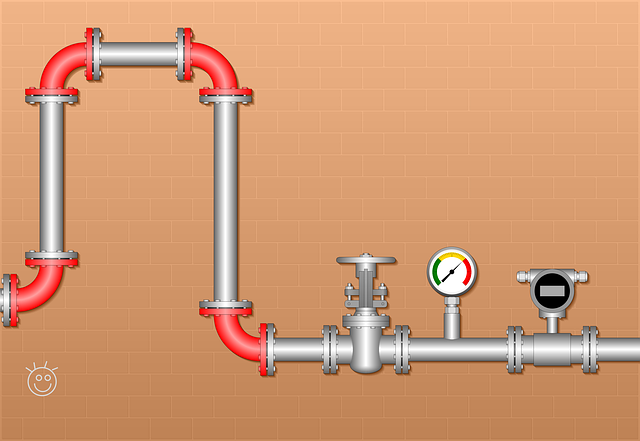
It’s recommended to schedule a roof inspection every 2-3 years, even if your roof appears to be in good condition. Regular inspections are crucial for identifying potential issues early on and preventing them from turning into costly repairs. Many homeowners overlook the importance of these checks, often because they don’t realize the subtle signs of damage that could indicate bigger problems.
Common signs of roof damage include missing or damaged shingles, visible cracks or holes in the roofing material, flashing that is no longer sealed properly, and water stains or mold growth on interior ceilings or walls. If you notice any of these issues, it’s time to reach out to professional roof inspection services to assess the situation and provide expert advice on necessary repairs.
The Role of Technology in Modern Roof Inspection Services
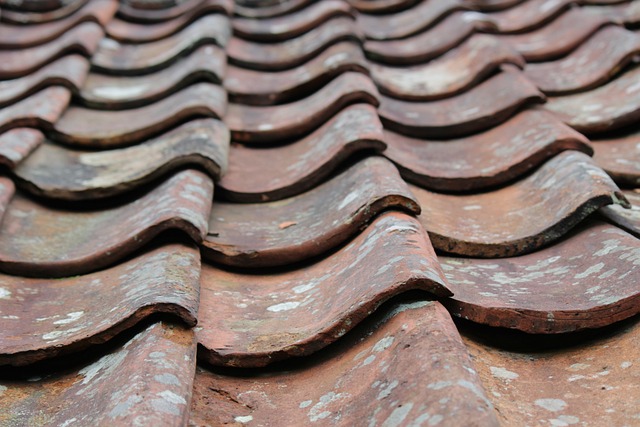
In the realm of roof inspection services, technology has emerged as a game-changer, revolutionizing the way professionals assess and maintain residential rooftops. Modern tools and techniques offer enhanced accuracy and efficiency, enabling inspectors to capture detailed data with minimal effort. For instance, high-resolution drones equipped with 3D imaging capabilities can swiftly scan large areas, providing comprehensive visual representations of the roof’s condition.
Additionally, advanced software platforms facilitate data analysis, allowing for precise identification of potential issues. These digital solutions not only streamline the inspection process but also provide clients with accessible, interactive reports, making it easier to understand and address roofing concerns. The integration of technology in roof inspection services ensures a more thorough, timely, and reliable assessment, ultimately contributing to better-informed decisions regarding residential rooftop maintenance.
Preparing for Your Roof Inspection: Tips for Homeowners

Preparing for your roof inspection is a proactive step that can save you time, money, and potential headaches down the line. Before the arrival of roof inspection services professionals, ensure your property is ready by taking some simple yet effective precautions. Start by clearing any debris, such as leaves or branches, from the roof and gutters. This not only allows for easier access but also helps inspectors identify potential blockages that could lead to water damage. Additionally, trim back any overhanging branches that might interfere with the inspection process.
Inside your home, check for any signs of water damage or leaks in the attic or ceilings. If you notice discolored spots, peeling paint, or musty odors, address these issues promptly before the inspection. These problems could indicate underlying roof issues and will provide valuable insights to the inspector. Also, ensure all vents and chimneys are accessible and in good working condition. By preparing your home and roof ahead of time, you facilitate a comprehensive assessment, enabling you to make informed decisions regarding any necessary repairs or maintenance.
Interpreting the Roof Inspection Report: What to Look For

After a thorough roof inspection by professional roof inspection services, understanding the report is crucial for homeowners to maintain their property effectively. The report will outline any potential issues or damage found during the assessment. Look for detailed descriptions of each observation, including specific areas of concern such as missing or damaged shingles, flashing problems, signs of moisture intrusion, and structural weaknesses.
Focus on key sections like the summary, recommendations, and priority levels assigned to each identified problem. Prioritize repairs based on severity and potential impact on the roof’s integrity. Regularly reviewing these reports enables proactive maintenance, ensuring minor issues don’t escalate into costly repairs.
Cost-Effective Roof Maintenance: Benefits Beyond Inspections
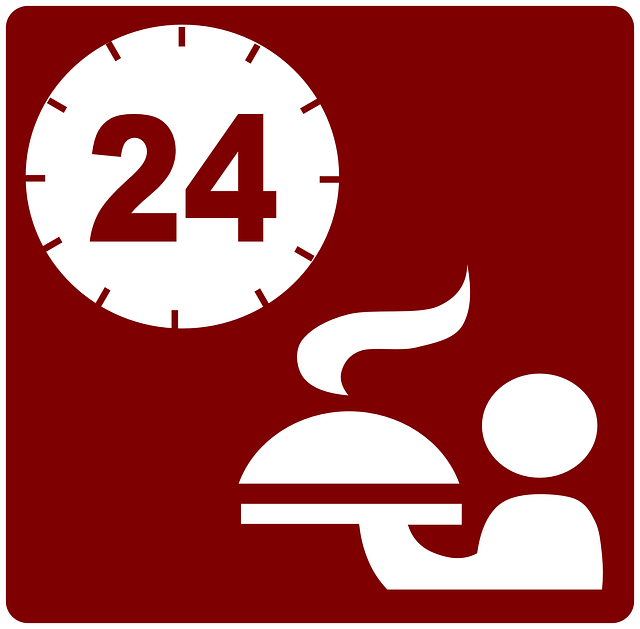
Regular roof inspections are an investment that offers far-reaching benefits beyond simply identifying issues. While roof inspection services are a crucial component of cost-effective roof maintenance, their advantages extend to long-term savings, increased property value, and enhanced safety. By addressing minor repairs early on, homeowners can prevent costly replacements and extensive damage caused by ignored problems like leaks or structural weaknesses.
A proactive approach to roof maintenance not only saves money but also increases the lifespan of your roofing system. This, in turn, elevates your property’s value, making it more attractive to potential buyers if you ever decide to sell. Moreover, a well-maintained roof provides added peace of mind by ensuring your family remains safe and secure under its protection.
Choosing the Right Roof Inspection Company
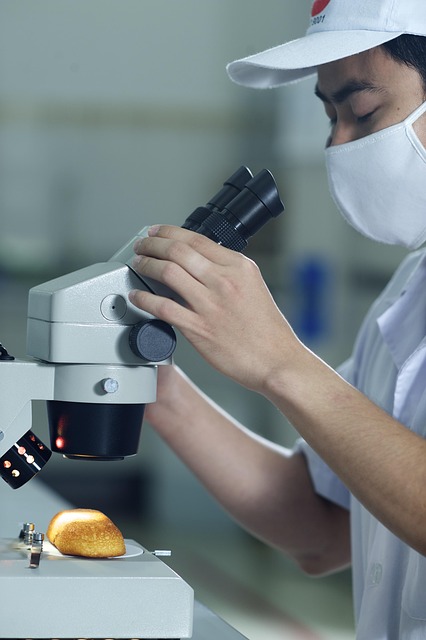
When choosing a roof inspection company, it’s crucial to select professionals with extensive experience and a proven track record in the industry. Look for companies that offer comprehensive roof inspection services, examining not just the visible parts but also the underlayment, flashing, and ventilation systems. Reputable firms will have insured employees and adhere to safety standards, ensuring your peace of mind during the inspection process.
Additionally, consider their reputation and customer reviews. A company with a strong online presence and positive feedback from previous clients is likely to deliver reliable services. Always request references and verify their qualifications to make an informed decision when choosing a roof inspection service provider for your residential property.
